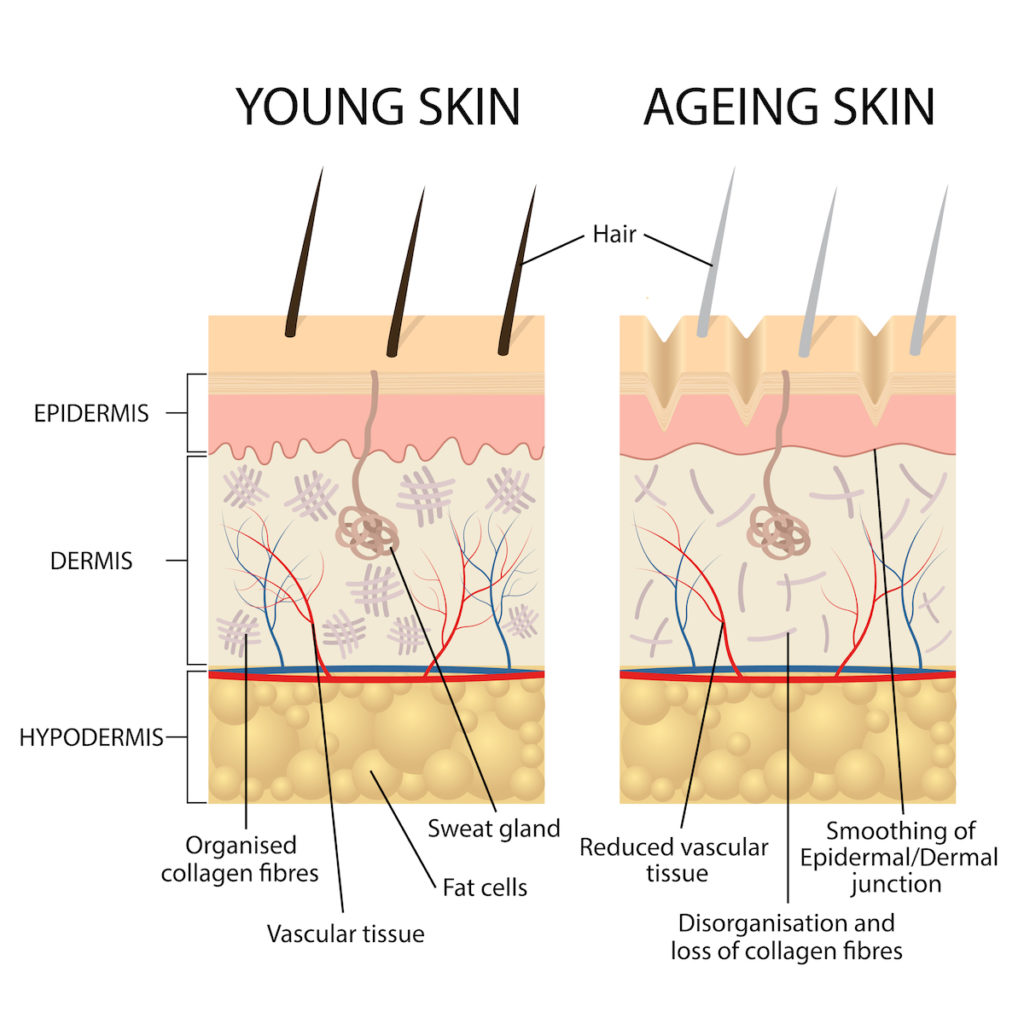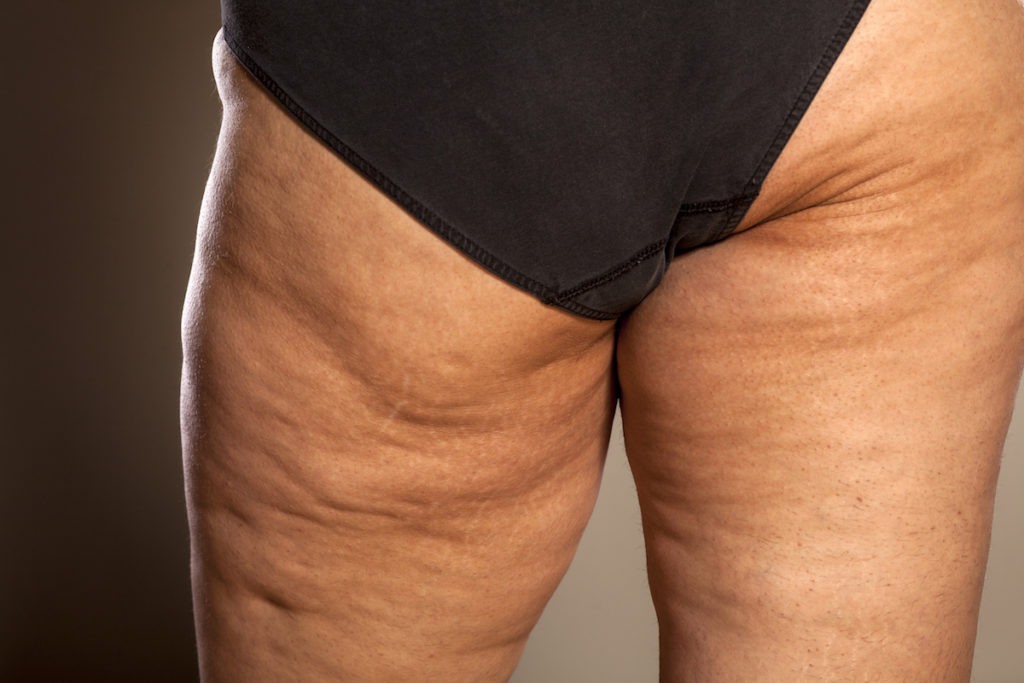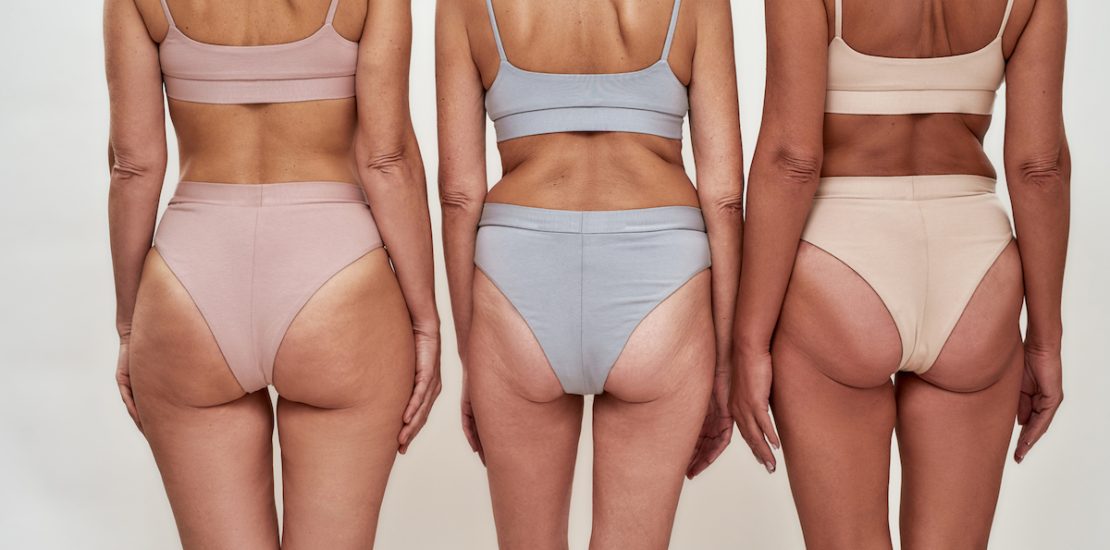
Cellulite is commonly referred to as ‘orange peel skin’ by a lot of people, considering how it actually has a weird texture that resembles that of an orange peel.
Although it’s a harmless skin condition, many people are put off by cellulite, and it generally appears around the hips, thighs, as well as upper arms and lower abdomen.
Even though cellulite is extremely common, and unfortunately, and surprisingly there isn’t enough evidence on what exactly causes it. However, we know that it does have something to do with age, among many other things.
Age and Cellulite

It’s no surprise women are affected by cellulite much more as compared to men, as men rarely get it.
This is where the age factor comes into play because women generally tend to develop cellulite after reaching puberty, and their body fat is distributed majorly in cellulite-prone areas that include the buttocks, thighs and hips.
With age, their skin tends to lose elasticity, and when the skin starts becoming loose, it has a greater tendency to achieve a bumpy appearance.
Hormones also play a huge role in cellulite development which has a direct connection with the age factor.

For instance, a theory posits that as women approach menopause with age, the estrogen levels in their body decrease and simultaneously, the flow of blood to the connective tissue located under the skin also decreases to a great extent.
What this means is that this particular area in the body is receiving low circulation, which ultimately disrupts collagen production in the very region. As estrogen levels fall, fat cells begin to enlarge and grow in size.
When all these factors come into play together, they make the fat deposits under the skin much more obvious and visible than before. This, combined with the weak connective tissue, boosts the appearance of the textured skin, also known as cellulite.
Other than this, we all know that with age, the skin loses its elasticity which is quite a natural phenomenon. So, less elasticity means thinner skin with a greater tendency to sag. This eventually increases the chances of cellulite development in different areas of the body.
Key Takeaway
Cellulite definitely shares a direct link with age, and this connection has been explored by quite a few studies, albeit limited in number.
Studies have found that cellulite development worsens with age because aging leads to serious laxity in the skin. This not only causes the skin to lose its elasticity and become more prone to sagging, but it also disrupts the function and organization of the connective tissue found in the dermis.
So, as you age, you can expect different areas of the body to have a textured appearance similar to an orange peel; however, there are several ways to get rid of cellulite as well that have been tried and tested by many people.
At the end of the day, cellulite is a natural occurrence and is also harmless, so you don’t really have anything to worry about from a medical standpoint. However, if you are like most women, and the aesthetics of it bothers you, give TushToners body contouring a try at fighting your cellulite!
Related Articles


How do I use a body contouring machine?



